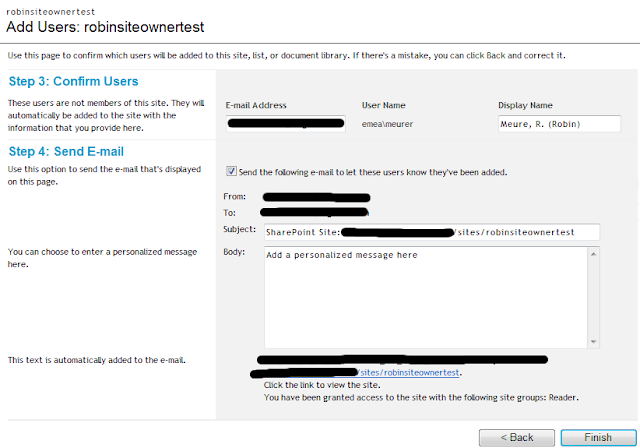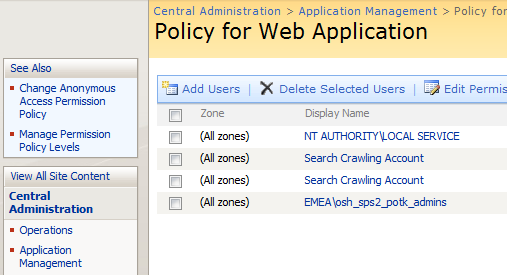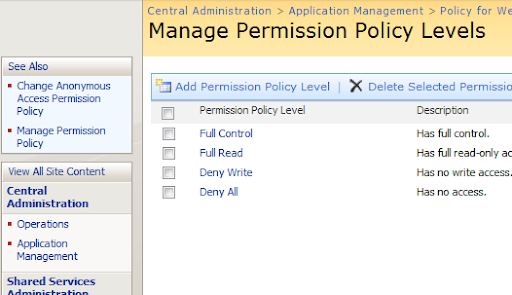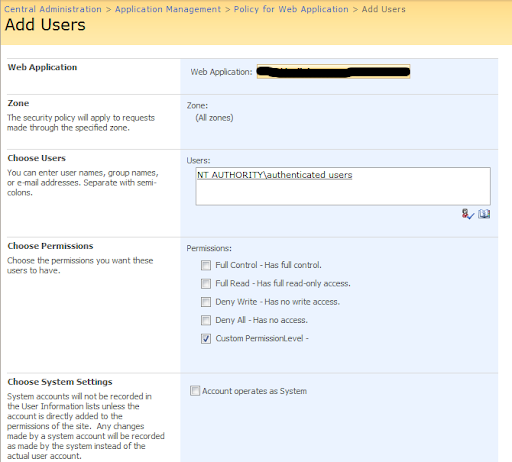Some good read (aka linklove! :)
- Solutions - deployment options compared by Chris O'Brien, Chris discusses the options and best practice on when to use what to migrate content from development environments to staging to production. Very handy read for us developers!
- DPM 2007 has RTM'd !!!!!!!!!!!!!!!!!!!!!!!!! by Jason-DPM, the announcement that DPM is finally in RTM (Release To Manufacture). Here is a snippet from the post that covers what DPM really is all about :
With DPM 2007, customers can look to Microsoft not only for their SQL Server solution (as an example), but also for the backup and recovery of that SQL Server deployment – from the simple incremental purchase on their existing Volume License / Enterprise Agreements, to their TAM understanding their needs, to the Microsoft Consulting Services deployment specialist, to Microsoft product support services. Now, for authenticity's sake, are there still reasons to use non-Microsoft backup solutions for backing up Microsoft workloads - probably. Some are political, othes are proceedural, and a few are technical. But at least now, it isnt a mandate. If a customer is predominantly using Microsoft workloads, they no longer have to look elsewhere to protect those workloads.
Similarly, DPM empowers Microsoft Partners who may or may not have a storage/backup specialty, but who are experts in their application areas (SQL Server or SharePoint) to deliver a rich data protection experience that is optimized for the workload that they are deploying for their customers -- again, consolidating that expertise back to the application owner/integrator without looking elsewhere
- SharePoint Logging Spy - Awesome Tool by Neil (RRE), Neil who is a member from the very elite Rapid Response Engineers team at MS is talking about a tool that is available on CodePlex that logges almost everything ".. I'd like a tool that can show me everything that is happening across my MOSS farm all in one place. I'd like to see the ULS logs in realtime but integrated with the event logs. I'd want to be able to check out the status of running processes and see the farm roles and configuration, again all in one screen. I'd like ....."
- Recommendations for SharePoint Application Pool Settings by Joel Oleson's SharePoint Land, very recommended read!










